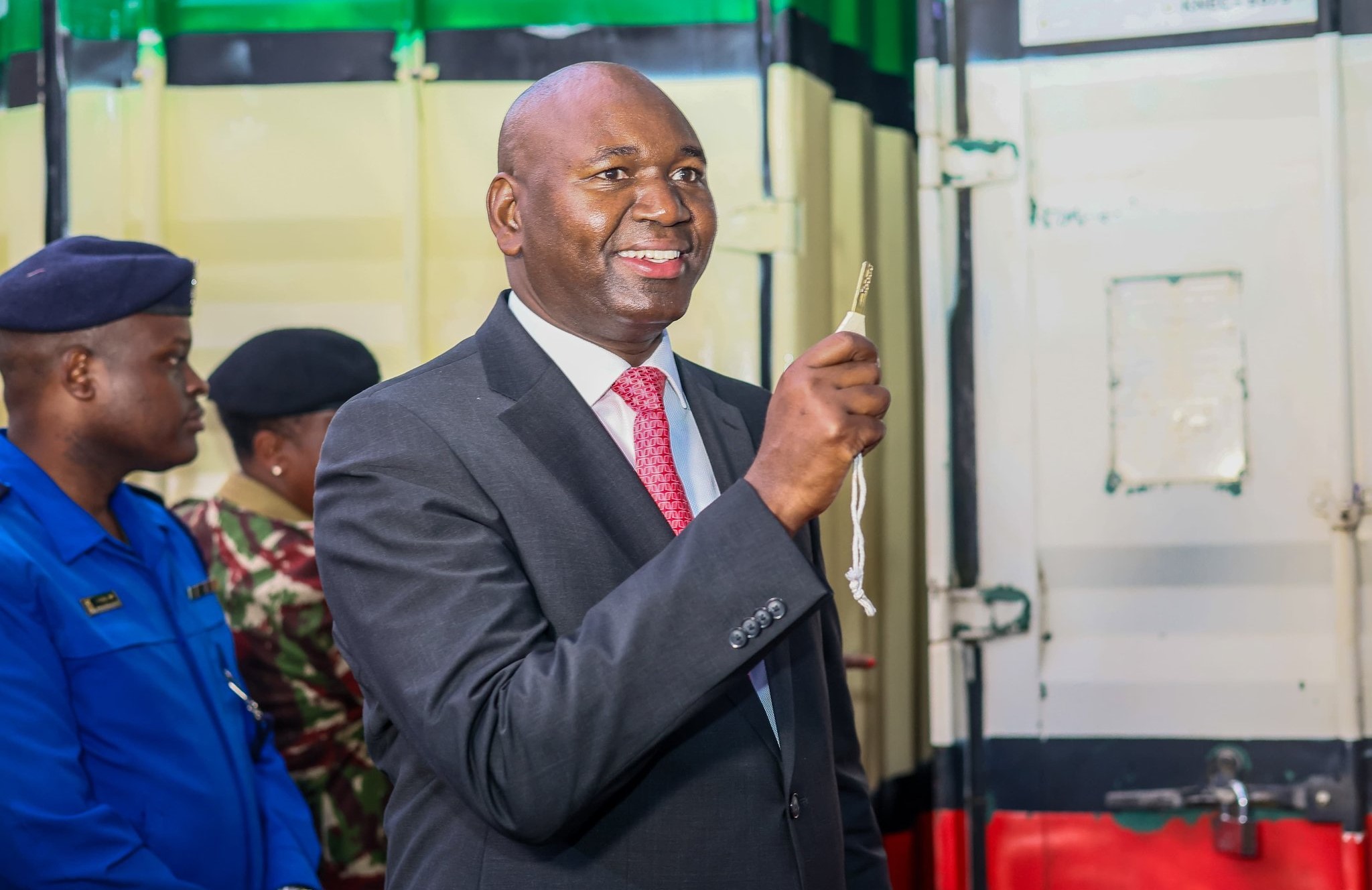Defensive driving is more than just a set of skills for operating a vehicle; it is a mindset and an attitude that places safety above speed, courtesy above ego, and preparation above reaction. It is the conscious decision to anticipate danger, adapt to changing conditions, and act in ways that reduce the likelihood of accidents, regardless of how others on the road behave.
Many drivers think they are safe simply because they obey the traffic rules, but defensive driving goes beyond compliance with the law. It requires an active awareness of your surroundings, an ability to read the behaviour of other road users, and a readiness to respond appropriately before danger becomes imminent. The goal is not only to keep yourself safe but also to protect passengers, pedestrians, and even careless drivers who may put themselves at risk.
A defensive driver understands that the road is shared with people whose attention, skill, or patience may not match their own. This reality shapes how they interact with others on the road. For instance, when approaching an intersection, a defensive driver does not assume that a green light guarantees the right of way without risk. Instead, they quickly check that other vehicles have stopped before proceeding.
When driving behind another car, leave ample space to brake safely in case the lead driver suddenly slows down or stops. This principle, often referred to as keeping a safe following distance, creates a margin for error that can prevent collisions. It is based on the understanding that accidents often happen not because the driver cannot stop, but because they did not give themselves enough time or space to do so.
Awareness is the cornerstone of defensive driving. This means constantly scanning the road ahead, to the sides, and in the rear-view mirrors, so that nothing catches the driver off guard. Hazards can appear suddenly—a child chasing a ball into the street, a motorcyclist weaving between lanes, or a car door opening into traffic. By maintaining a wide field of vision and checking blind spots, a defensive driver can detect these dangers early and respond in time. This is especially critical in poor weather conditions, at night, or in heavy traffic, where visibility is reduced and reaction time is shortened.
Adapting to conditions is another defining quality of a defensive driver. On a rainy day, for example, they will slow down, switch on headlights and increase their following distance to compensate for slippery roads. On a foggy morning, they will resist the temptation to overtake, keeping their speed low until visibility improves.
Defensive driving also involves anticipating the mistakes of others. While it may seem pessimistic to expect other drivers to run red lights, fail to signal, or make sudden lane changes, such anticipation is what prevents many accidents from occurring. A driver who expects others to be perfect is setting themselves up for trouble, while one who assumes the opposite is prepared for almost anything. This is why defensive drivers avoid lingering in other vehicles’ blind spots, are cautious at intersections, and keep an eye on the wheels of parked cars for any movement. They recognise that many drivers are distracted, impatient, or inexperienced, and they adjust their actions accordingly.
READ ALSO:
CSO SNE cry foul as TSC once again omits D1 and D2 promotion slots
Another key element of defensive driving is avoiding distractions. In an age where mobile phones, in-car entertainment systems and even navigation screens compete for attention, it takes discipline to remain fully focused on the road. A defensive driver refrains from texting, browsing, or taking calls without hands-free technology while driving. They keep both hands on the wheel whenever possible and their mind engaged in the driving task. Even small distractions, such as adjusting the radio or reaching for something in the back seat, can rob a driver of the seconds needed to avoid a crash.
Courtesy is also a silent but powerful component of defensive driving. By signalling intentions clearly, yielding when necessary, and avoiding aggressive manoeuvres, a defensive driver reduces the likelihood of road conflicts. Road rage incidents often escalate from minor misunderstandings; a calm, patient driver can help prevent such situations from developing. This attitude extends to pedestrians and cyclists, who are especially vulnerable in traffic. Giving them space, yielding when necessary, and maintaining a predictable driving pattern are essential to ensuring their safety.
Defensive driving is not limited to preventing collisions; it also minimises the severity of accidents when they do occur. Wearing seatbelts, ensuring the vehicle is in good condition, and understanding how to manoeuvre during emergencies can make a critical difference. For example, knowing how to steer out of a skid, when to brake hard and when to release the brakes can mean the difference between regaining control and crashing. Regular vehicle maintenance, including checking brakes, tires, lights, and fluid levels, also plays a crucial role in ensuring the driver has the necessary tools to respond effectively when danger arises.
Ultimately, defensive driving is an investment in peace of mind. While it may require more patience and alertness than average driving, the reward is a drastically reduced risk of injury, property damage, and the emotional trauma that accidents bring. It is a practice that benefits not only the driver but also their family, their passengers and everyone they share the road with.
Roads will always be unpredictable, and no driver, however skilled, can control every situation. However, by thinking ahead, respecting others, and preparing for the unexpected, defensive driving can turn uncertainty into a manageable risk. It transforms driving from a routine task into a conscious act of care and responsibility, ensuring that each journey ends as safely as it began.
By Ashford Kimani
Ashford teaches English and Literature in Gatundu North Sub County and serves as Dean of Studies.
You can also follow our social media pages on Twitter: Education News KE and Facebook: Education News Newspaper for timely updates.
>>> Click here to stay up-to-date with trending regional stories
>>> Click here to read more informed opinions on the country’s education landscape
>>> Click here to stay ahead with the latest national news.






